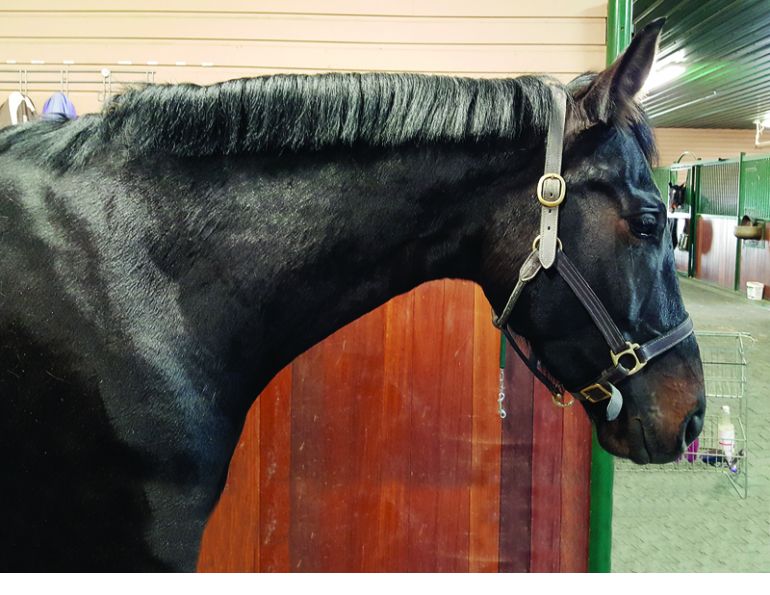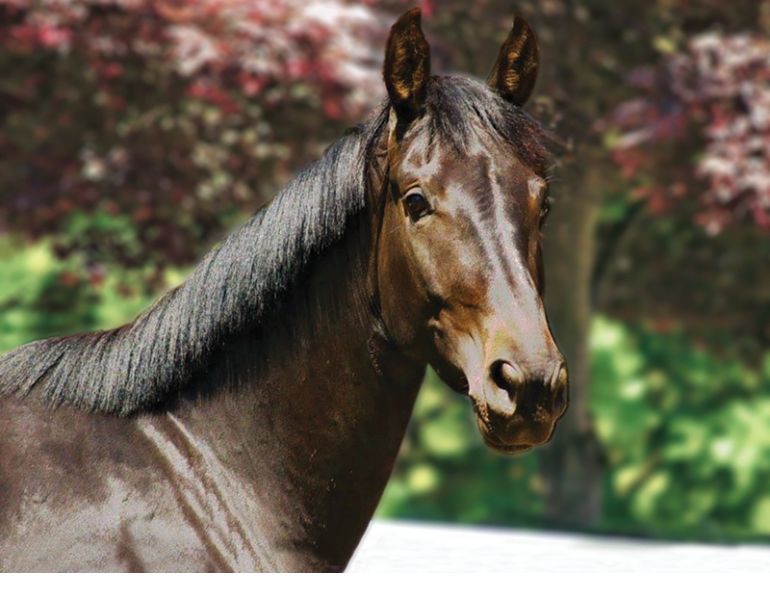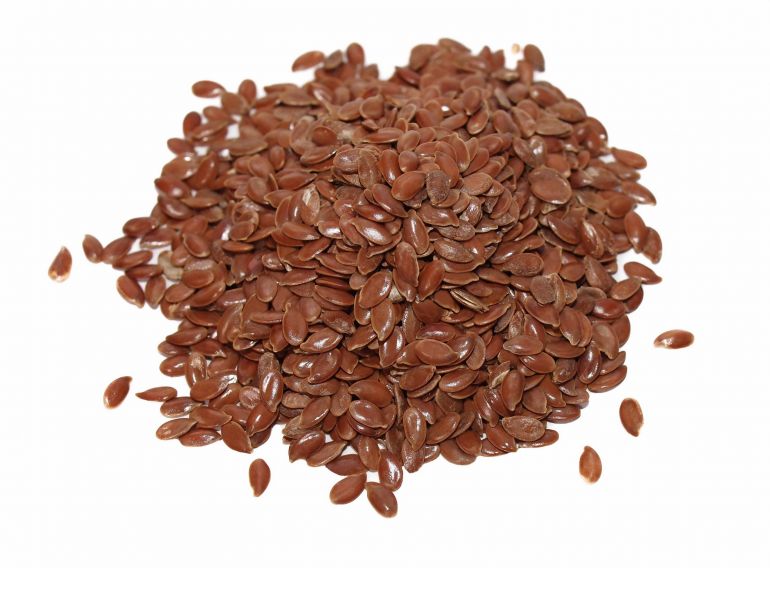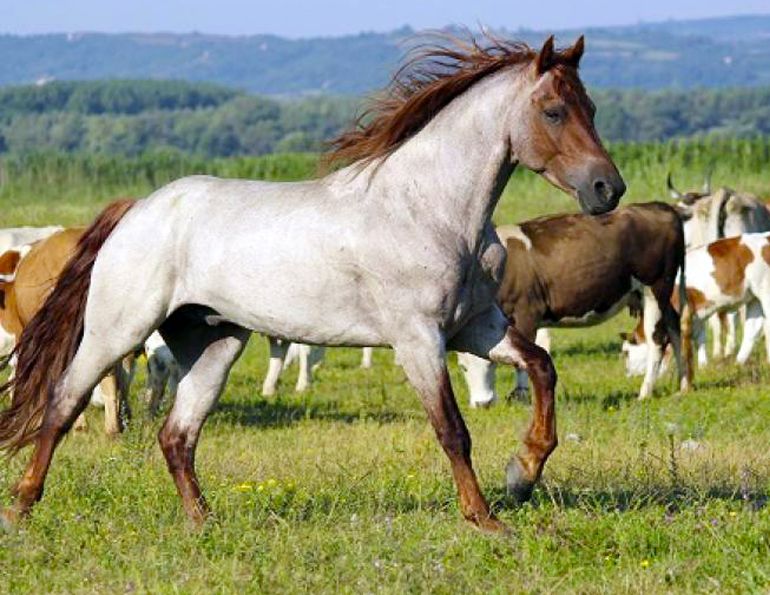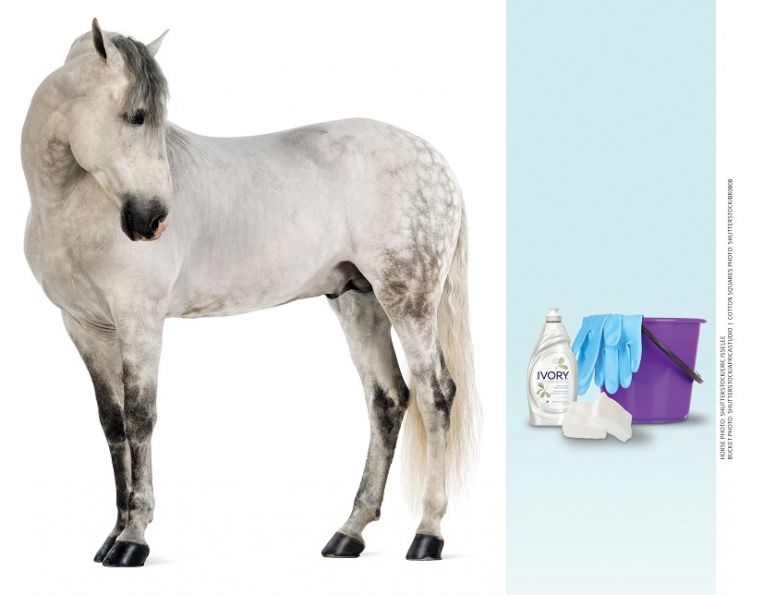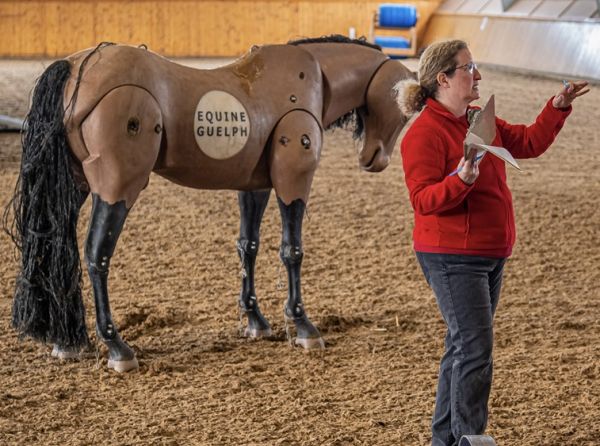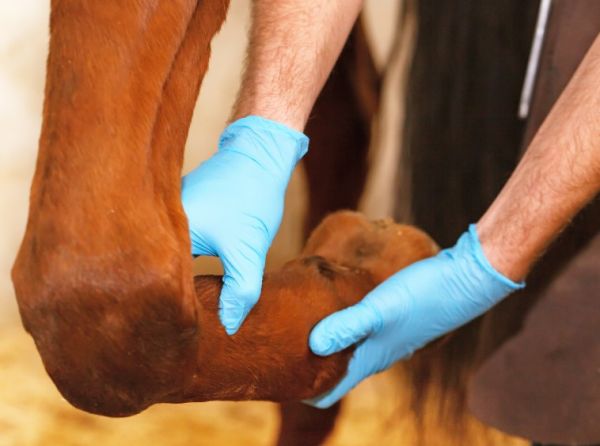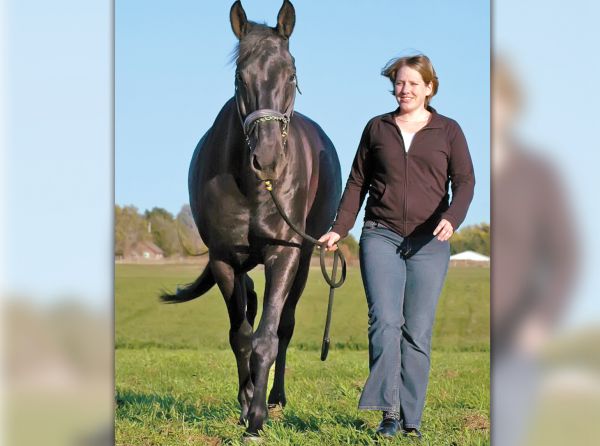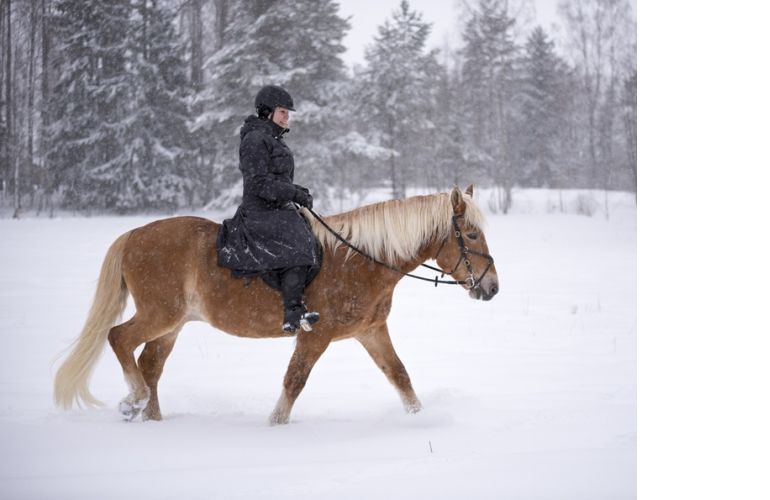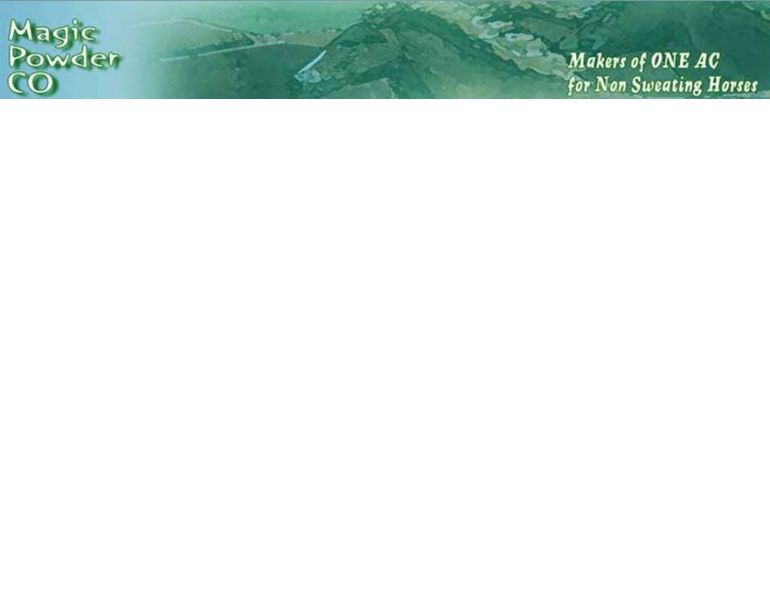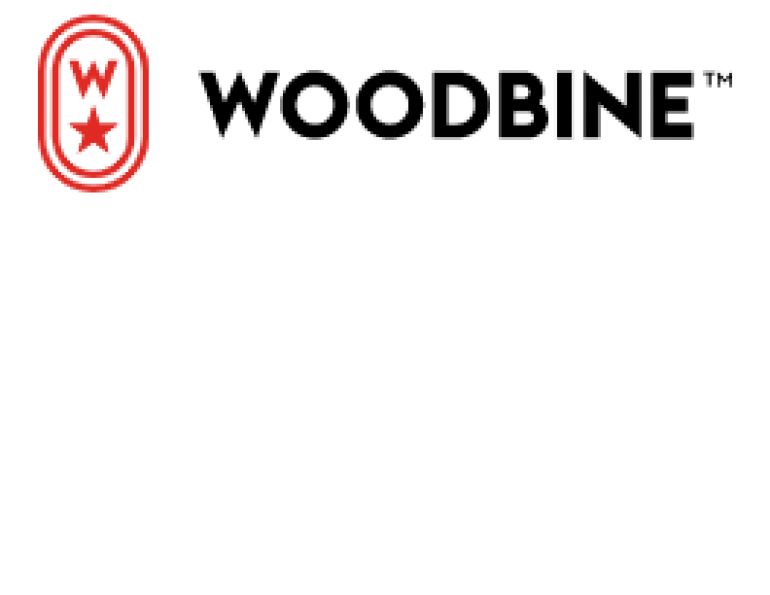By English Habit
There are several tools that are commonly used when grooming a horse. Proper use and technique helps to ensure the horse remains comfortable during the grooming process, and allows for greater ease in cleaning the animal.
Curry or currycomb: A tool made of rubber or plastic with short "teeth" on one side, that slides onto the hand of the groom. It is usually the first tool used in daily grooming. The horse is rubbed or "curried" in a circular motion, which helps to loosen dirt, hair, and other detritus, plus stimulate the skin to produce natural oils. The curry comb is usually used in a circular motion to work loose embedded material. Curries are generally too harsh to be used on the legs or head, though varieties made of softer rubber are available.
|
Rubber Currycomb |
Metal currycomb: A currycomb made of metal, with a handle. They are designed for use on show cattle. There is no reason for a horse owner to buy one. However, some barns have them sitting around and use them for cleaning out softer-bristled brushes. For removing mud and winter hair, as well as for cleaning brushes, a shedding blade (see below) is preferable to a metal curry, and a shedding blade can also do double duty for cleaning out other brushes.
|
|
Dandy brush or hard brush: A stiff-bristled brush is used to remove the dirt, hair and other material stirred up by the curry. Brushes are used in the direction of the horse's hair coat growth, usually in short strokes from front to back, except at the flanks, where the hair grows in a different pattern. The best quality dandy brushes are made of stiff natural bristles such as rice stems, though they wear out quickly. Plastic-bristled dandy brushes are more common. Dandy brushes can usually be used on the legs, but many horses object to a stiff brush being used on the head. Some dandy brushes do double duty as a *Water Brush, dampened in water and used to wet down the mane and tail.
|
|
Body brush or soft brush: A soft-bristled brush removes finer particles and dust, adds a shine to the coat and is soothing to the horse. A body brush can be used on the head, being careful to avoid the horse's eyes. Some natural body brushes are made of boar bristles, like human hairbrushes, others are made of soft synthetic fibers. The body brush is always the last brush used on the horse.
Grooming rag or towel: A terrycloth towel or other type of cloth can be used to give a final polish to a horse's coat and is also used after riding to help remove sweat.
|
|
Mane brush or comb: Horses with short, pulled manes have their manes combed with a wide-toothed plastic or metal comb. The mane comb is also used for pulling the mane. Tails and long manes are brushed with either a dandy brush or a suitable human hairbrush. Extremely long show-quality manes and tails are often picked out by hand to avoid breaking the hairs.
|
|
Hoof pick: A hooked tool, usually of metal, used to clean the hooves of a horse. Some designs include a small, very stiff brush for removing additional mud or dirt. All four feet of the horse need to be cleaned out before and after riding. A shedding blade
Shedding blade: In special weather conditions, a metal shedding blade with short, dull teeth is used to remove loose winter hair. A shedding blade is also useful for removing caked-on mud. However, grooming tools with metal teeth can split and dull the horse's hair coat and may irritate the skin, so must be used with appropriate care. Likewise, metal grooming tools used on sheep and show cattle may also be too harsh to use on a horse.
Fly spray: In the summer, fly spray is often applied to the horse after grooming. Care must be taken to avoid the eyes and mucus membranes.
|
|
Bot knife: A tool used to remove botfly eggs from the horse, which are usually laid on the legs or shoulder. Bot eggs are yellow and roughly the size of a grain of sand, they are clearly visible on dark hair, harder to spot on white hair. A small pumice stone is also commonly used for the same purpose.
Scissors or clippers: Sometimes, though not always, horses are clipped with scissors or, preferably, electric clippers, to remove or shorten unwanted hair.
Sponges: Small sponges can be used to clean the nose, lips and dock, larger sponges can be used to wet down and clean the body and legs.
About the Author
The author is the owner of English Habit, the online store for English Equestrian Horse Tack and Riding Apparel.
Article Source: Articlesbase.com
Main Article Photo courtesy of Greenhawk Harness & Equestrian Supplies.



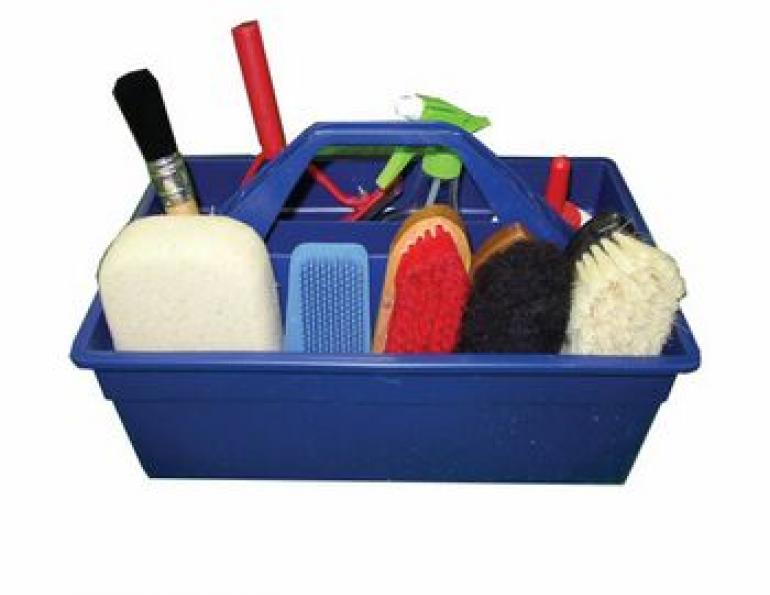
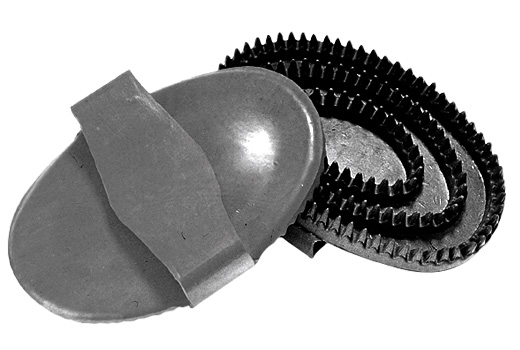
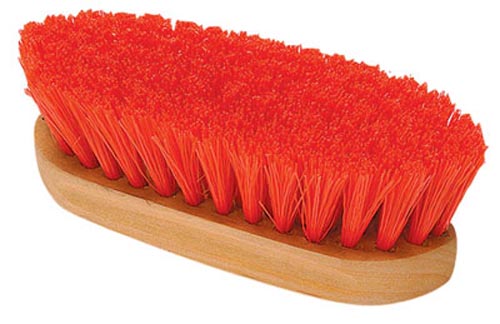 Dandy Brush
Dandy Brush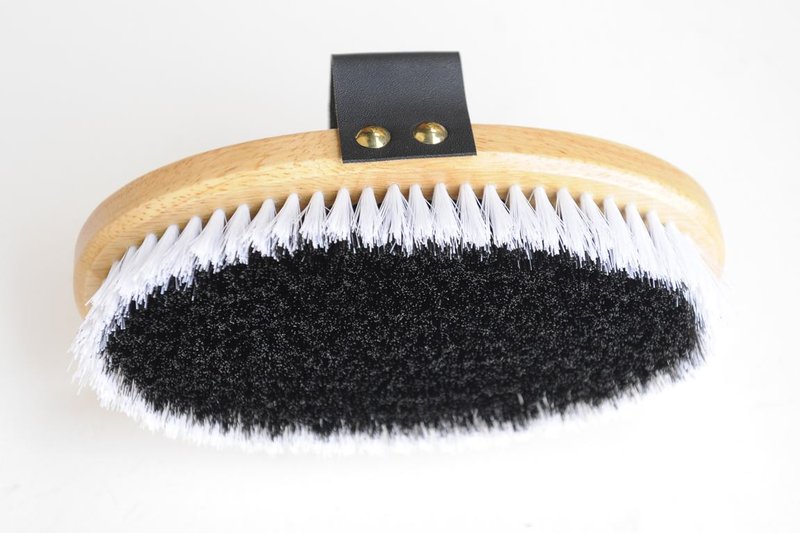 Body Brush
Body Brush Mane Comb
Mane Comb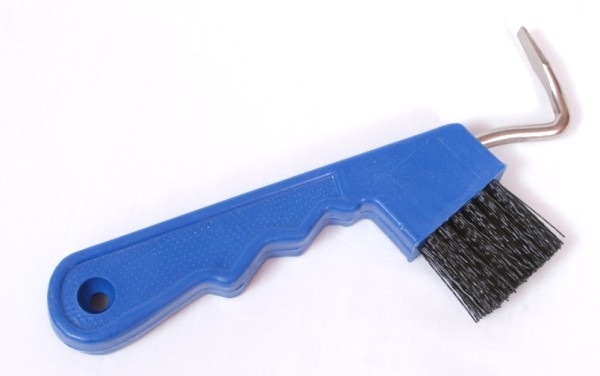 Hoof Pick
Hoof Pick Shedding Blade
Shedding Blade




